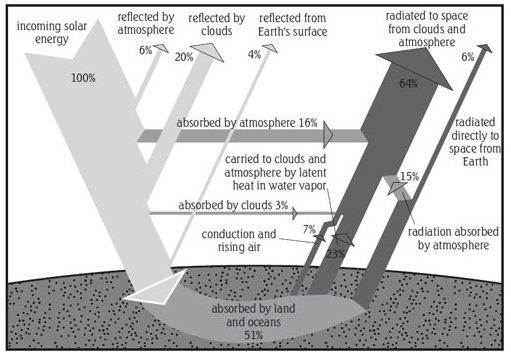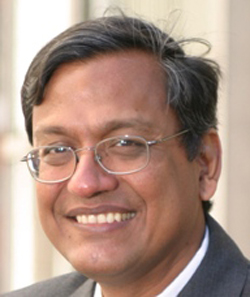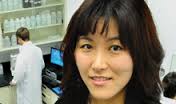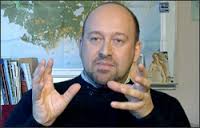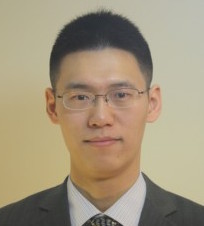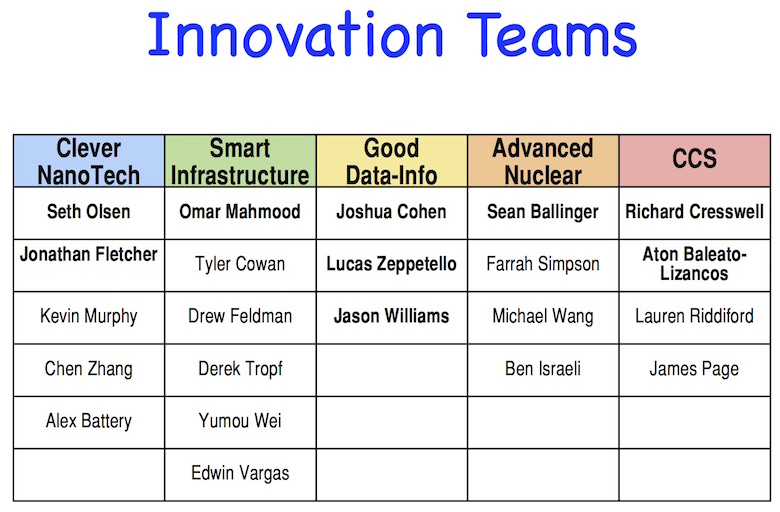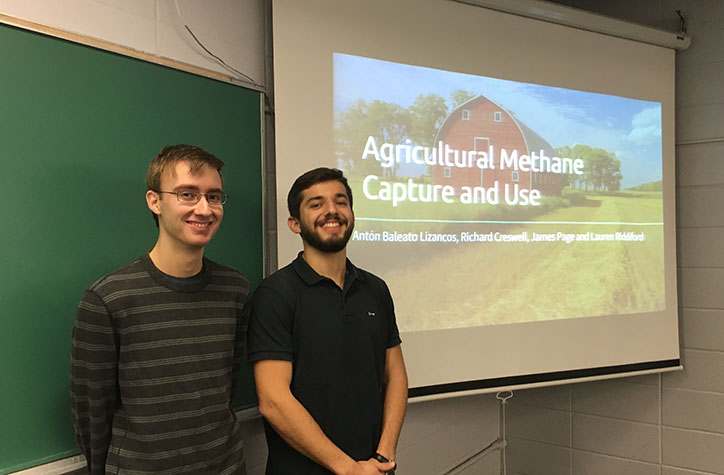This year's theme is innovation and science for energy and climate. We will discuss the science of climate, the technology of energy, and the wide ranging policies discussed to bring about a sustainable future. To understand climate and energy is to understand one of the most important issues of our time.
Planetary exploration has shown how a planet's atmosphere effects climate. Compare Venus and Mars.
Venus is a closes twin of Earth. Both Venus and Earth have nearly equal size and composition is largely the same as Earth's. The orbit of Venus is close to Earth's. Both worlds have relatively young surfaces thick atmospheres with clouds. But the atmosphere of Venus is very dense (very high pressure) and made of carbon dioxide. Because Vensus has an extreme greenhouse effect, the surface of Venu can reach a 870 degrees Fahrenheit (470 degrees Celsius).
Mars is at the opposite extreme from Venus. Mars atmosphere is about 100 times less dense than Earth's (and nearly 9,000 times less dense than Venus). Being further from the Sun and without any greenhouse effect at all, Mars is a cold, about - 80 degrees Fahrenheit.)
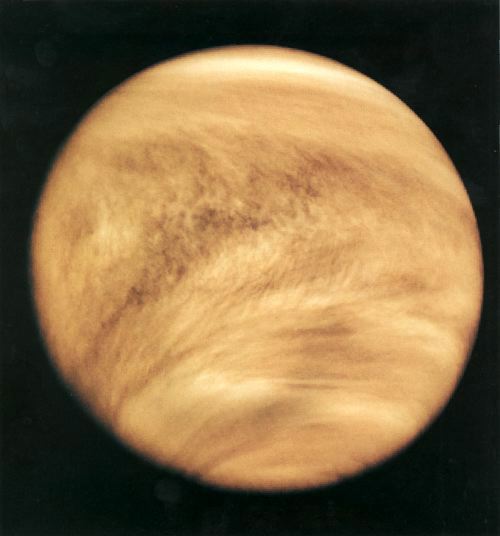 |
 |
The relationship between climate and greenhouse gases was first explained by Swedish scientist Svante Arrhenius in 1896. Since then, the modern science of climate has developed, and international organizations, like the Intergovernmental Panel on Climate Change (IPCC), bring together hundreds of scientists to inform policy makers about the implications of the science of climate and energy.
Climate and energy are "big issues". For example, look at Climate and Energy policies and actions at the White House, the United Nations, and ExxonMobile. Columbia University has the Earth Institute, the Climate Center, the Lenfest Center for Sustainable Energy, the Center on Global Energy Policy, and makes an institutional committment to sustainable energy and climate issues. There are several excellentopportunities for students to engage in important energy and climate research at Columbia University.
The motivation for this year's theme came from my own experiences as an applied physicists, from exposure to national science policy in plasma physics and magnetic fusion energy, and from my year as a Jefferson Science Fellow working in the Office of International Energy Policy (now the Bureau of Energy Resources) in the State Department. (The State Department has a role in science policy for several reasons. For one, science has become international, especially with mega projects like the ITER fusion energy experiment in France, the world's most complicated energy project, and the high-energy particle colliders used to understand the fundamental constituents of matter. Others include: science as diplomacy, the international efforts to keep the world safe from misuse of nuclear weapons technology, and the promoting international trade and development based on global advancements in science and technology. The involvement of Secretary of Energy Ernest Moniz, former professor of nuclear physics at MIT, in the negotiation of the Joint Comprehensive Plan of Action (JCPOA), a.k.a. the "Iranian nuclear deal", demonstrates an essentual role of the physicist in pressing international issues.)
- What are the energy and climate issues driving science and technology investments today?
- What are the physics principles underlying energy options and long term climate science?
- How should applied physicists contribute to environmental sustainability and economic growth?
- What are the attractive options for energy innovation and discovery?
These are terrific (and complex) questions, with no single answer.
This semester, our approach will be to (i) introduce some basics, and, then, (ii) select one or two energy and climate topics and analyze the scientific and technical basis needed to arrive at something like a research and development plan, or a science policy recommendation.There are no required textbooks in this course. I will provide links to PDF documents in the class schedule detailed below.
But, there are two very good books (available as Kindle ebooks) that I used in preparing for this course:
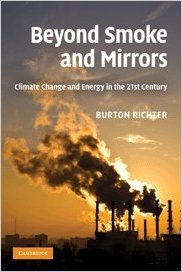 |
Beyond Smoke and Mirrors: Climate Change and Energy in the 21st Century
His first edition was published in 2006, and last year Richter published an updated version. Richter explains, "The public needs and deserves an honest science-based explanation of what we know, how we know it, what the uncertainties are, how long it will take to reduce those uncertainties, and what we can do to reduce the risk of long-term changes to the world climate that make the Earth less hospitable to society." |
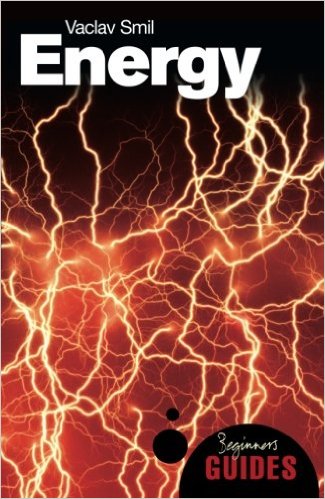 |
by Vaclav Smil, the forthright energy science and policy expert from the University of Manitoba. Smil's book was published in 2006, and ends with a hopeful prediction for scientfic innovation, "The task ahead is daunting, because the expectations for energy futures are high. ... While our past record of ingenuity, invention, and innovation is no guarantee that another fairly smooth epochal energy transition will take place during the next few generations – it is a good foundation for betting that our chances are far better than even." |
